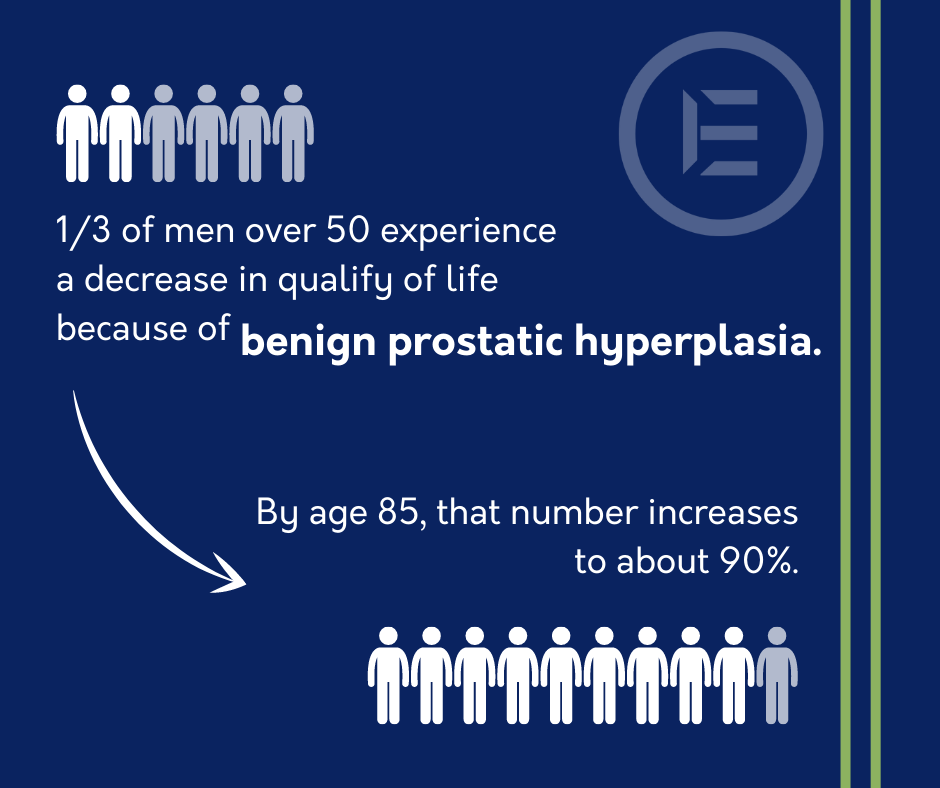
The importance of getting timely treatment for benign prostatic hyperplasia (BPH) cannot be stated enough. This disorder has to do primarily with the prostate and the tissues surrounding it, being usually associated with a swelling of the area and with various symptoms that can be uncomfortable as well as downright painful.
Typically, the prostate is merely the size of a golf ball when it’s healthy. However, in men over the age of 25, which are subjected to the ongoing development of their bodies and of the prostate, this growth can become abnormal, and the prostate can reach a size as large as an orange. This is when it can be very important to intervene, since the enlarged prostate can press on the bladder and the urethra, causing discomfort while urinating and possibly leading to various long term problems as well.
Choosing the right benign prostatic hyperplasia treatment is important because each case is different, and the problem has to be addressed differently in its inception, as opposed to when it already became a serious condition.
Tests and Establishing a Diagnosis
Aside from asking you a series of questions about signs and symptoms that you might have experienced in the past few weeks and months, your doctor will likely perform various tests as well, in their attempt to establish a definite diagnosis of BPH. These tests can range from something basic such as a urine test or a digital rectal exam, to various blood tests that would indicate whether or not the patient has kidney problems, as well as a urine flow test or the establishment of a 24-hour voiding diary.
The tests are designed to help doctors figure out exactly what’s wrong and whether or not benign prostatic hyperplasia is the actual culprit. Once the diagnosis has been established, it’s important to keep in touch with your doctor to determine which type of treatment will be better suited to your particular case and needs. Depending on the condition and how far along you are, there could be recommendations of a more complex series of treatments that will be used long term to attempt to reduce the prostate back to its normal size.
Recommended Treatments
There are a number of possible treatments for benign prostatic hyperplasia that medical professionals could consider. One of the most common is medication through the use of alpha blockers, combination drug therapy or Cialis – which is also known to help with erectile dysfunction.
Minimally invasive therapies and surgeries are also recommended if the condition is more serious or if using drugs has had no measurable positive effect. Some of these procedures may include the transurethral resection of the prostate (TURP), transurethral needle ablation (TUNA) or the incision of the prostate.
Of course, these treatments are not helpful in all cases. Experts will tell you that they should be discouraged, if patients suffer from an untreated UTI, a disease that affects the structure of the urethra or a neurological problem such as Parkinson’s disease. To make sure that you get the best solution for treating your BPH properly, it’s important to visit a professional medical service like ECCO Medical, where they have advanced testing and treatment method that will help you a lot more than what you’d experience at a regular clinic.
